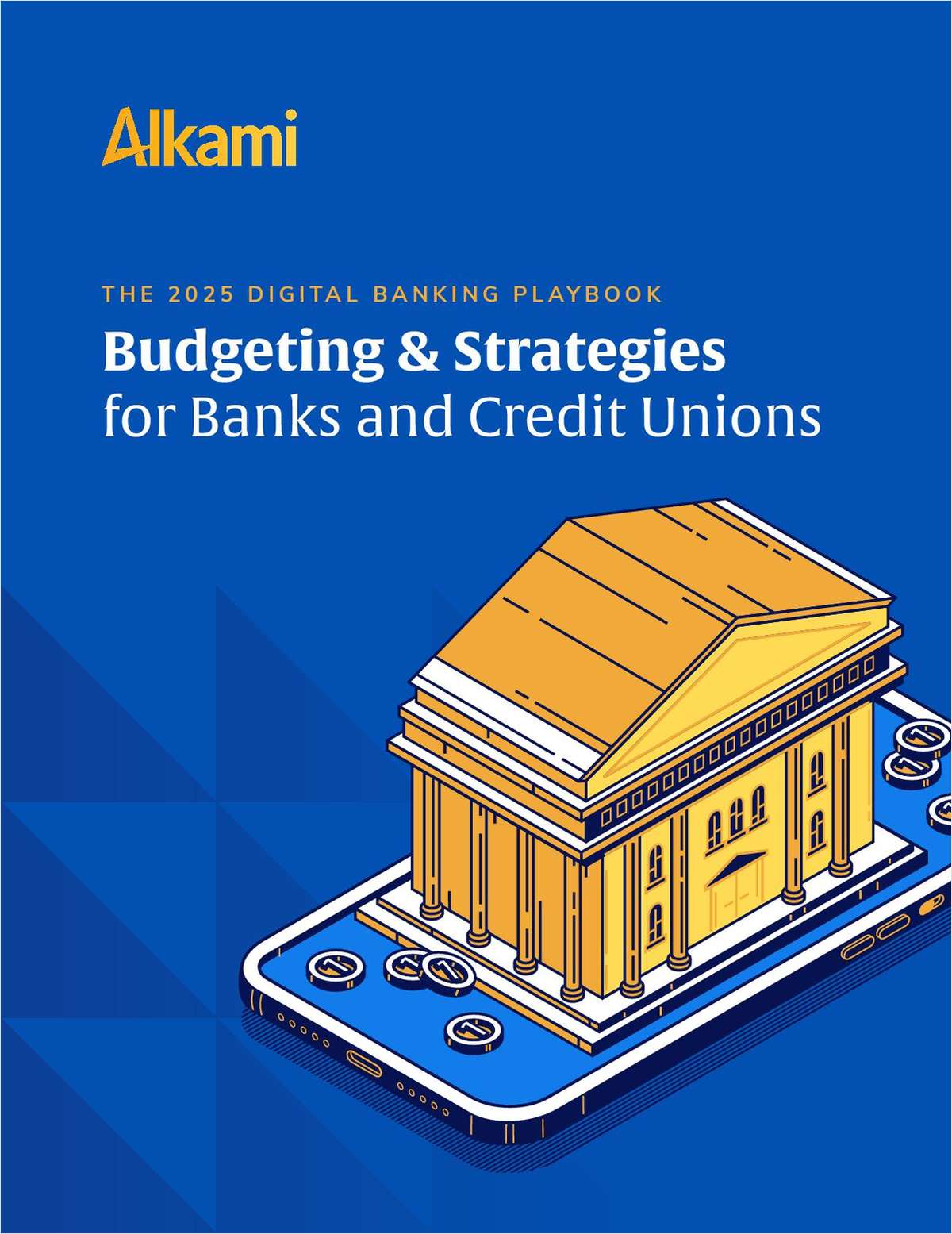RICHMOND, Va. – The January 14th proceedings in Virginia Supreme Court in the case of Virginia Bankers Association v. State Corporation Commission et al took more than a year to work its way up to the state Supreme Court since the bankers first filed their appeal of a state Bureau of Financial Institutions field-of-membership expansion decision. It only took 30 minutes for the seven Supreme Court justices to hear oral arguments from both sides in the case. The DuPont Community Credit Union/Virginia Bankers Association case – reportedly the first time the state Supreme Court has heard a credit union case – was the sixth case heard on a docket of seven that day. Each side was given 15 minutes to speak, but on the CU side the allotted time had to be shared three ways between Philip de Haas, counsel for the State Corporation Commission which oversees the BFI, Anthony Gambardella, attorney for the Virginia Credit Union League, and JoAnne Nolte attorney for Waynesboro, Va.-based DuPont CCU, who all defended the commission's order. de Haas led off for the credit union side and he told Credit Union Times that the three attorneys intended to share the 15 minutes almost equally, but because of the number of questions he fielded – most of them, he said, concerned the definition of `local' – from the Supreme Court justices, de Haas wound up using up the majority of the allotted time. Heart of the Matter The justices characterized the real issue' in the case as being whether the area designated in the credit union's charter is a `well-defined community,' and in fact that was the issue the VBA based their appeal on of Commissioner Joe Face's May 2002-decision to allow DuPont CCU to expand its community FOM to five counties and five cities in the Shenandoah Valley. The VBA argued that the charter is too large to qualify as a "well-defined local community, neighborhood, or rural district" as stipulated by Virginia law and charged that the BFI exceeded the authority granted it by the state legislature when it approved DuPont CCU's community charter. The VBA, in its appeal filed June 7, 2002, also cited a 1999 amendment to the Virginia Credit Union Act that added the word "local" to "well-defined community" as proof of the state legislature's intent to restrict credit union fields-of-membership. In March 2003, the SCC ruled that the BFI was within its authority to grant DuPont its charter change. DuPont CCU currently has just under $430 million in assets and more than 42,000 members. At press time, information was unavailable concerning how many members who live or work in the areas the CU's expanded FOM includes, joined DuPont since the FOM expansion was approved. But when it first filed its application in 2002, it was reported that the expansion would increase the CU's potential membership from about 109,000 to a total estimated population of 258,789. At the time, DuPont had more than 35,000 members. In their briefs filed last year with the Court, the Virginia Credit Union League, DuPont Community CU, and the BFI opined that the VBA lacked standing to file its appeal and that the counties and cities included in the credit union's FOM constituted a local community as proven by the existence of a district planning commission and partnership that includes the area in question. In addition, the BFI cited the clause "in its discretion" in the state credit union act to demonstrate that the state legislature granted the BFI "broad authority" to evaluate and make decisions on FOM applications. "That is a critical part of our argument in this case," de Haas told Credit Union Times after the Supreme Court proceedings. "The state General Assembly explicitly wrote `in its discretion' in the state statute, giving the commissioner the authority to decide." But he emphasized that that doesn't preclude the state Supreme Court from reviewing the bankers' case. However, said de Haas, the VBA attorney was questioned by the justices about the standard of review of the commissioner's decision. Namely, since the SCC is an expert administrative body, is there a presumption that its decisions are correct? Next Move de Haas said he didn't want to comment on the justices' motive in asking the questions they posed to him, as well as the CU's, League's, VBA's attorneys. "I can't predict if they were just probing for information or if their questions were hostile," he said. The Virginia Supreme Court issues its written opinions the last Friday of each term. That means the decision is expected March 5 at the earliest, but it could come as late as June or July. de Haas explained that the Court could decide one of two ways: it could support the commissioner's decision and state that Face interpreted state statute giving state chartered credit unions parity with federal credit unions and NCUA the guideline on `well-defined local community' correctly; or it could reverse the decision of the commissioner and provide an explanation of how the law was abused. If the Court makes the latter decision, de Haas said the issue of grandfathering in members who have joined DuPont CCU since its FOM was expanded hasn't been addressed yet. But NASCUS Director of Legal and Policy Analysis Brian Knight said that the Court's decisioning process is "more complicated" than that. "When talking about a lawsuit challenging a state regulator's decision, a Supreme Court's opinion will be partially state driven, and partially not, depending on how the regulator's decision is challenged," he said. For example, Knight explained, "depending on how state law is structured, parity provisions will generally allow the regulator to grant state chartered credit unions the same powers as federal credit unions. But then you have to ask the question `did the state regulator interpret the federal provision correctly?' But assuming the federal law was interpreted correctly, then you have to find out if there is another state law that supercedes the regulator from using the parity provision." Knight stressed that, "The Virginia Supreme Court has to determine what is the standard to question the regulation. In this case, it seems the Virginia legislature chose to give that discretion to the Virginia State Corporation Commission. It's a big hurdle for the bankers to overcome to challenge the discretionary authority of a state regulator. You're looking at a standard of unreasonableness, and the bankers have to prove the regulator made an unreasonable decision. That's hard to prove." Even in a worst case scenario – the Virginia Supreme Court finds in favor of the bankers – Knight said "that's not necessarily the end of the story. The regulator always has the opportunity to go to the state legislature and seek a legislative remedy to clarify or modify the law. The court only speaks to laws and regulations at hand, but the legislature can always speak after the court speaks." -
Complete your profile to continue reading and get FREE access to CUTimes.com, part of your ALM digital membership.
Your access to unlimited CUTimes.com content isn’t changing.
Once you are an ALM digital member, you’ll receive:
- Breaking credit union news and analysis, on-site and via our newsletters and custom alerts
- Weekly Shared Accounts podcast featuring exclusive interviews with industry leaders
- Educational webcasts, white papers, and ebooks from industry thought leaders
- Critical coverage of the commercial real estate and financial advisory markets on our other ALM sites, GlobeSt.com and ThinkAdvisor.com
Already have an account? Sign In Now
© 2025 ALM Global, LLC, All Rights Reserved. Request academic re-use from www.copyright.com. All other uses, submit a request to [email protected]. For more information visit Asset & Logo Licensing.









